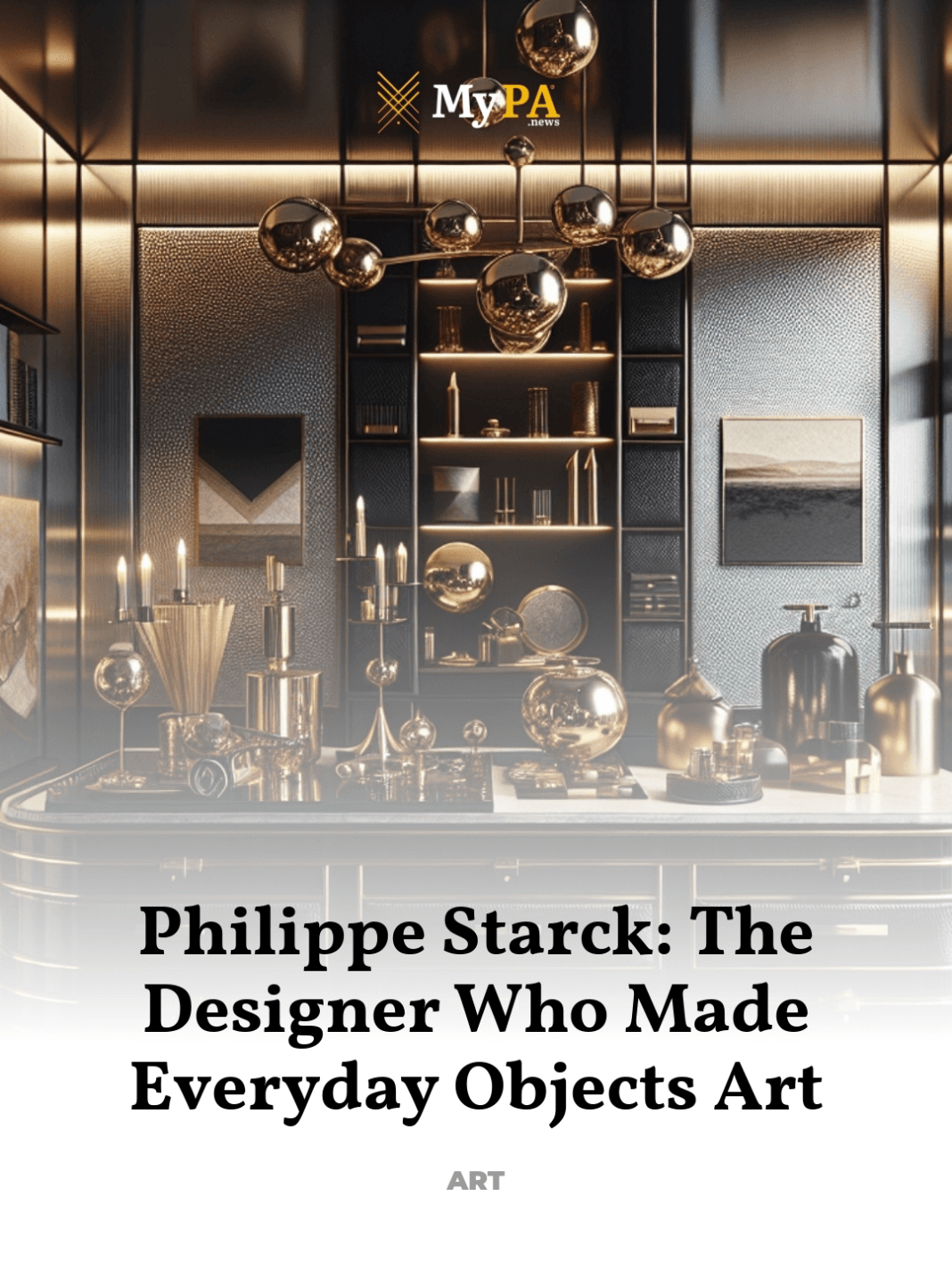How Starck turned chairs, lamps, and interiors into global design statements
Philippe Starck, a name synonymous with revolutionary design, has transformed mundane objects into iconic pieces of art. His work spans from luxurious hotels to everyday items like chairs and lamps, each piece a testament to his philosophy that design should be both functional and poetic.
- Starck’s Design Philosophy
- Iconic Designs and Their Impact
- Transformative Interior Projects
- Global Influence and Legacy
- Starck’s Vision for the Future of Design
Starck’s Design Philosophy
Philippe Starck’s approach to design is deeply rooted in his belief that creation should be both ethical and subversive. He advocates for designs that are not only visually appealing but also serve a greater purpose in improving the quality of life for the masses. Starck often emphasizes the importance of democratic design—an idea that beautiful and functional design should be accessible to all.
- Innovative Materials: Starck has pioneered the use of unconventional materials to enhance both the functionality and aesthetics of his designs.
- Human-Centric Designs: His work consistently focuses on the user’s experience, ensuring comfort and practicality are at the forefront.
- Eco-Friendly Initiatives: Sustainability is a key component of Starck’s philosophy, with a commitment to eco-friendly practices and materials in his projects.
Iconic Designs and Their Impact
Philippe Starck’s portfolio includes a range of products that have become symbols of modern design. His Louis Ghost chair, for example, is a perfect amalgamation of classical style and modern technology, made entirely from polycarbonate. This chair not only showcases Starck’s innovative use of materials but also his ability to give a contemporary twist to traditional designs.
- Juicy Salif Lemon Squeezer: Designed for Alessi, this squeezer is more of a sculptural piece than a mere kitchen tool, illustrating Starck’s flair for transforming ordinary objects into works of art.
- Ará Lamp: This lamp combines flexibility and structural complexity, reflecting Starck’s focus on utility and design elegance.
- La Marie Chair: The world’s first completely transparent chair made from polycarbonate, La Marie combines lightness and durability, challenging traditional furniture design.
Transformative Interior Projects
Starck’s influence extends beyond product design into the realm of spectacular interior designs that have redefined spaces. His work on the Royalton Hotel in New York marked the beginning of the boutique hotel trend, blending luxury with a unique narrative style. Each space curated by Starck tells a story, engaging the senses and evoking a deep emotional response.
- St Martin’s Lane in London: Here, Starck plays with scale and contemporary furnishings to create a dynamic and immersive environment.
- The Sanderson Hotel: Also in London, this project showcases Starck’s ability to mix surrealism with practical luxury, creating an enchanting and whimsical atmosphere.
Global Influence and Legacy
Philippe Starck’s designs have not only set trends but also encouraged a shift in how we perceive everyday objects. His global influence is evident from Europe to Asia, where his designs continue to inspire new generations of designers. Starck’s legacy is built on his courage to push boundaries and his commitment to enhancing human experience through design.
- Educational Impact: Starck’s philosophies and works are studied in design schools around the world, influencing future designers.
- Collaborations: His collaborations with international brands have brought high design into the mainstream, making it accessible to a broader audience.
Starck’s Vision for the Future of Design
Looking forward, Philippe Starck continues to focus on innovation and sustainability. His recent projects include developing wind turbines and solar boats, highlighting his commitment to not only designing beautiful objects but also solving modern challenges through design. Starck envisions a world where design is at the forefront of environmental solutions, continuing to blend technology with artistry in ways that enrich our lives.
For further exploration of Philippe Starck’s work and philosophy, visit authoritative sources such as the official Philippe Starck website.
Philippe Starck remains a pivotal figure in modern design, his works and ideas a constant source of inspiration and innovation in the design world.



